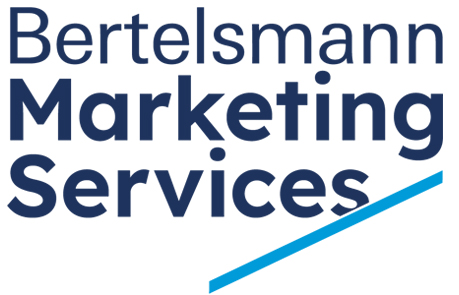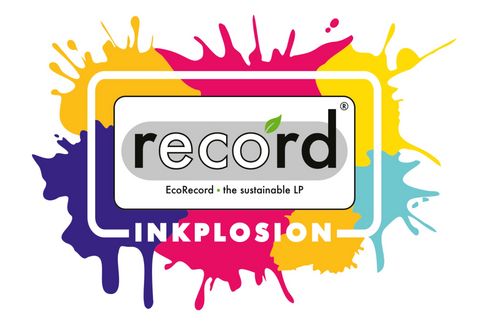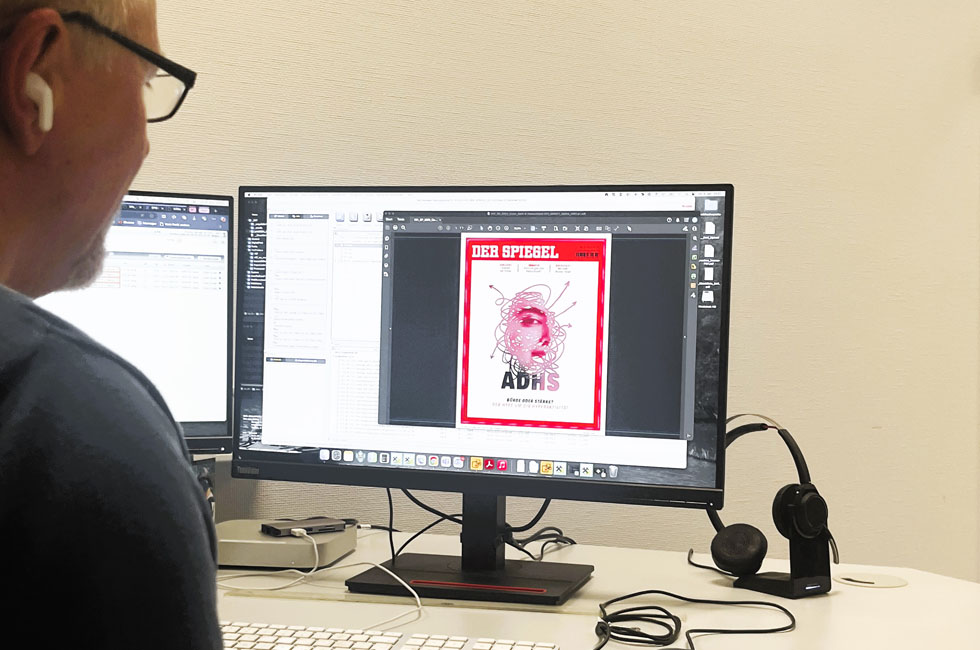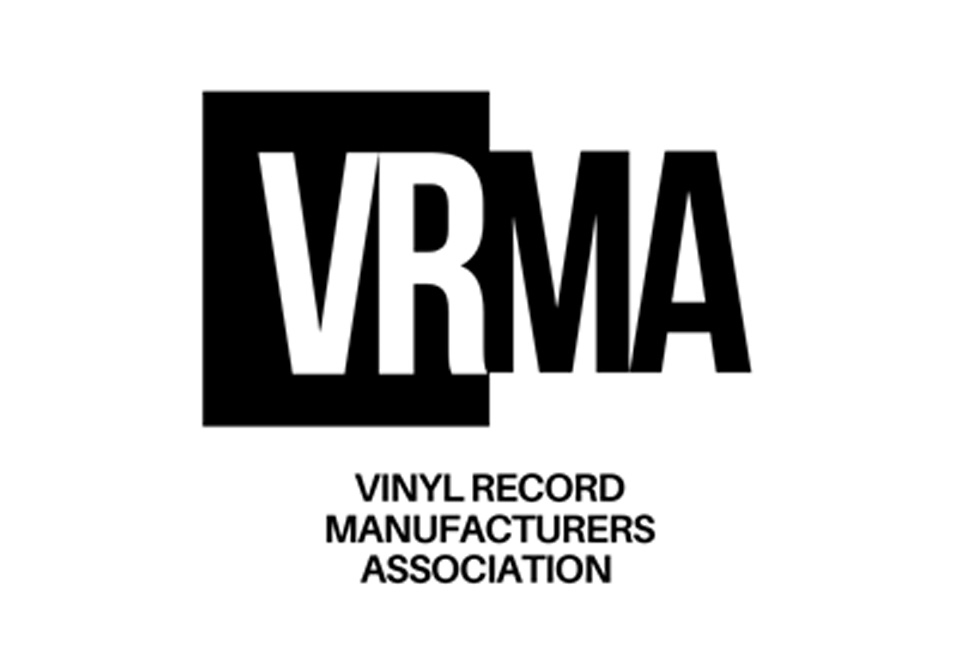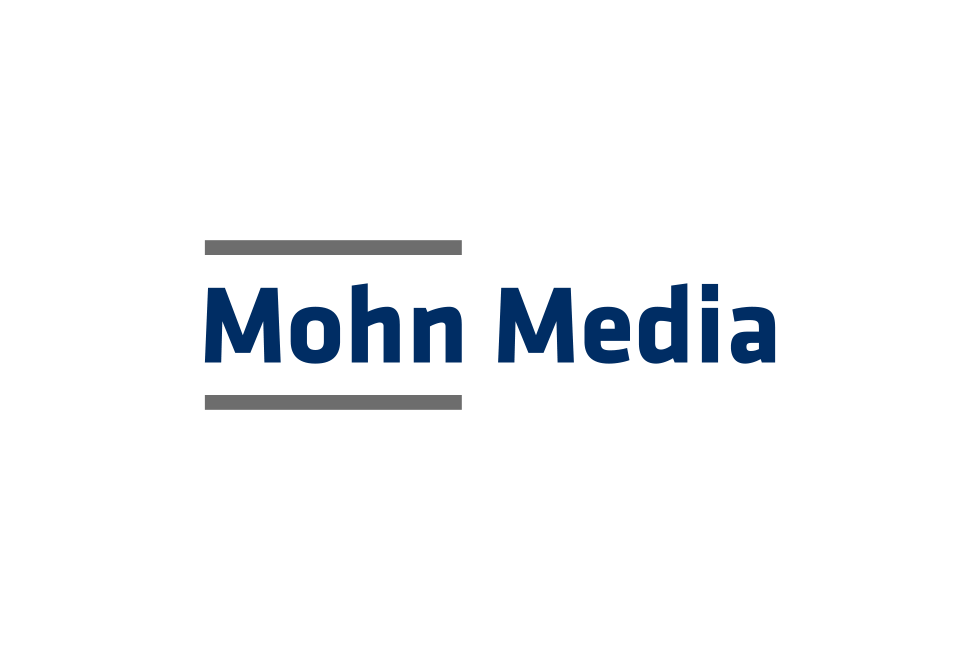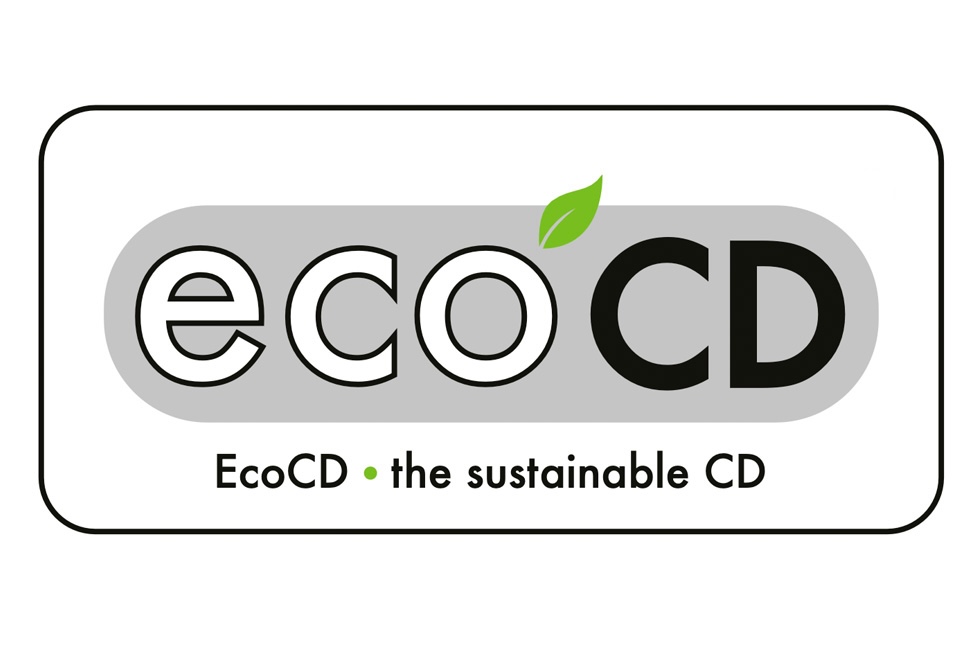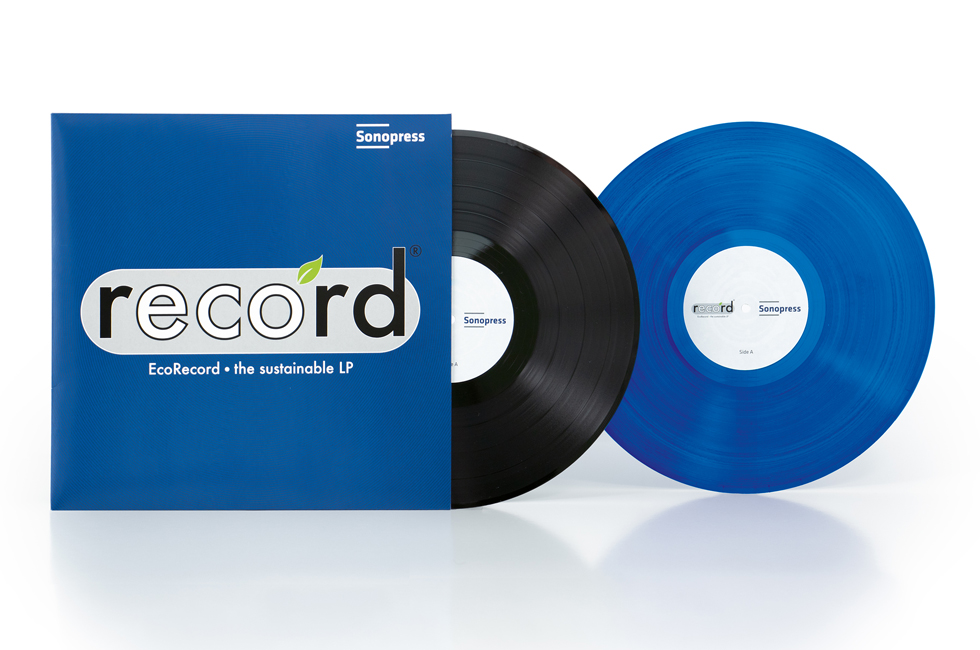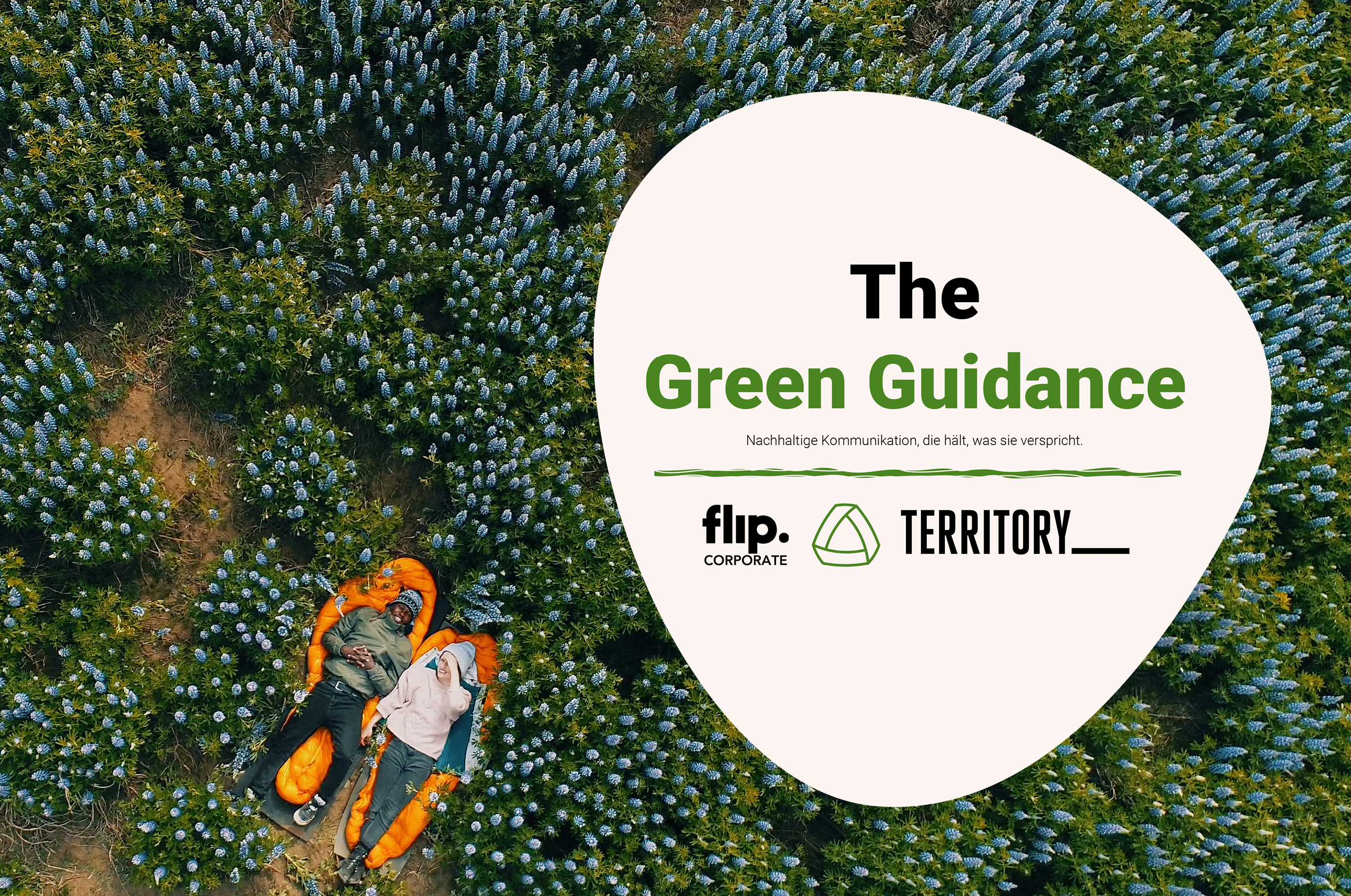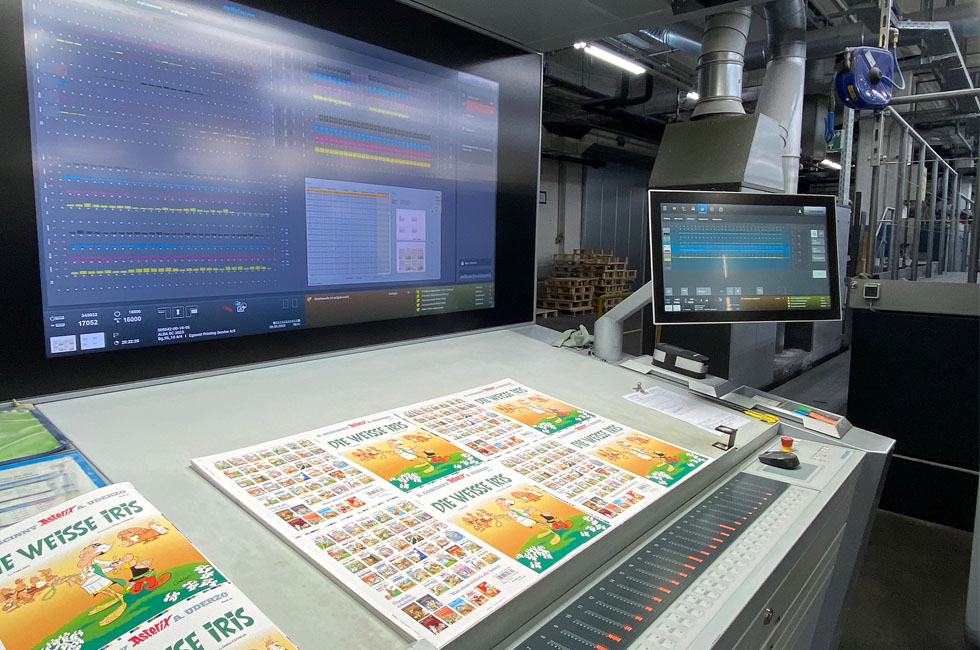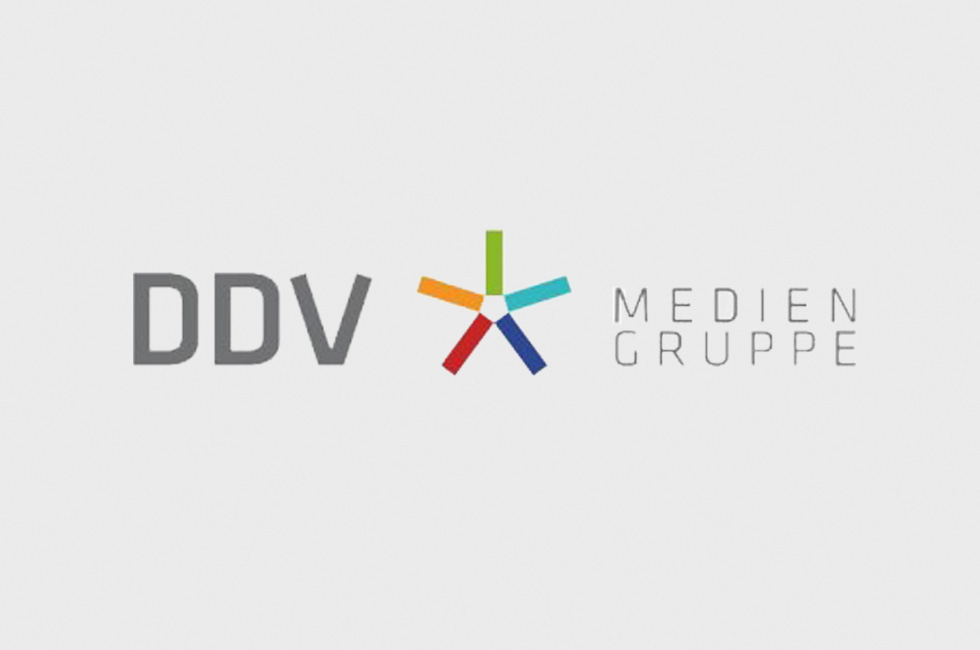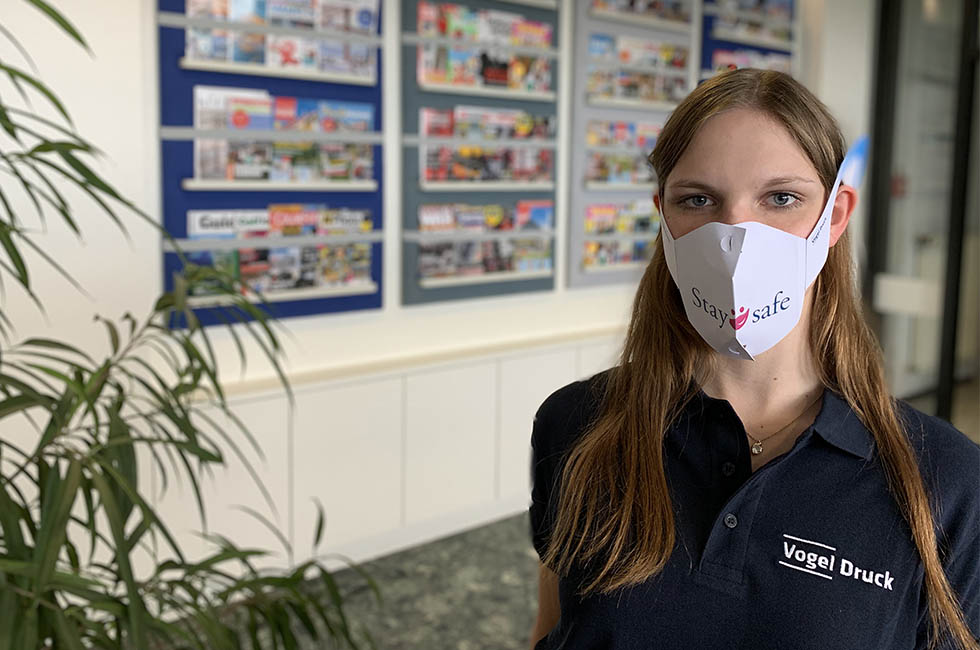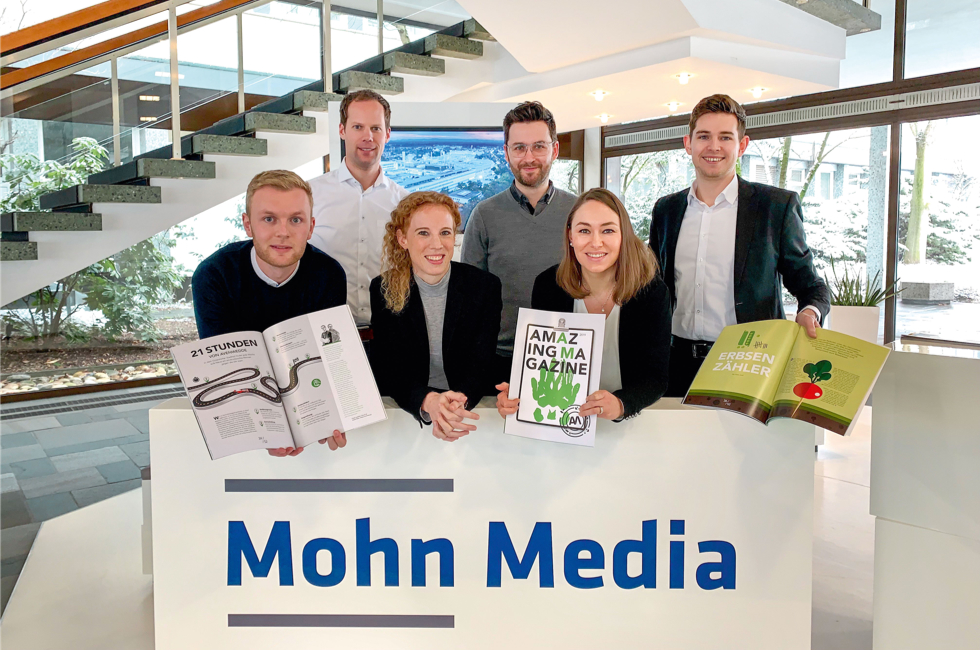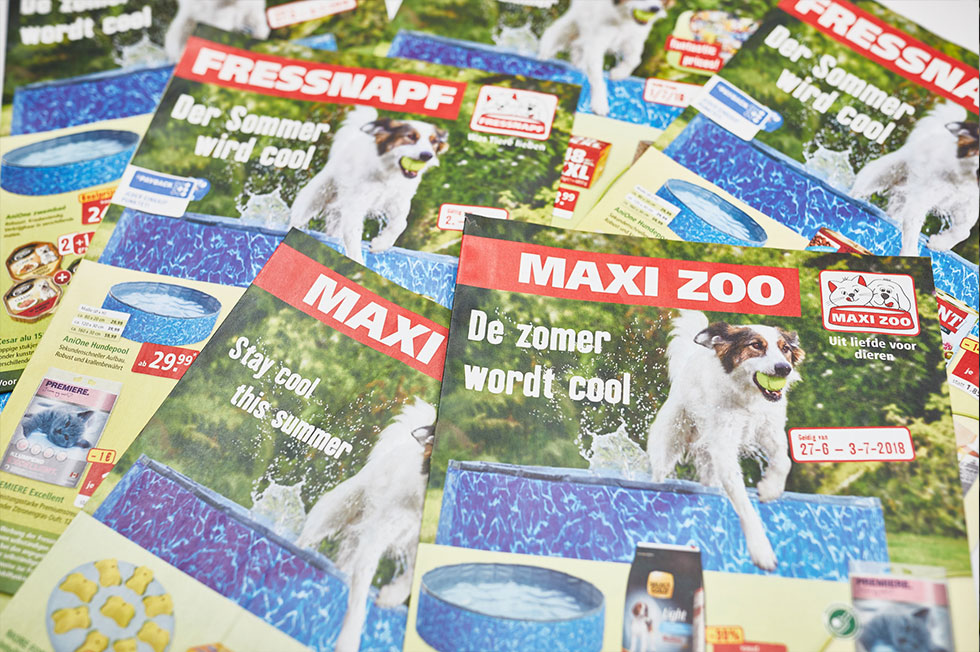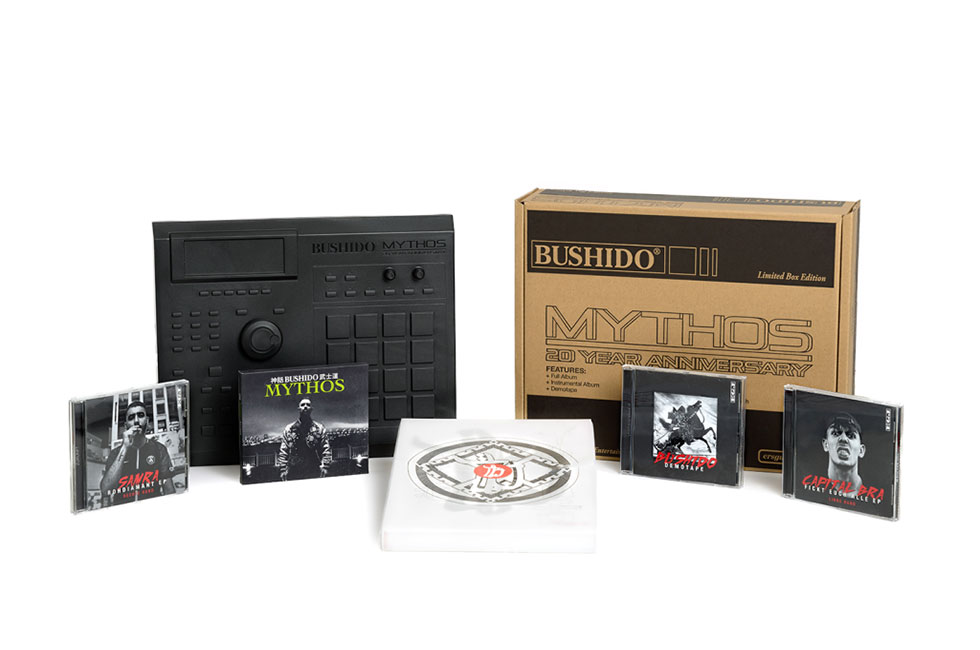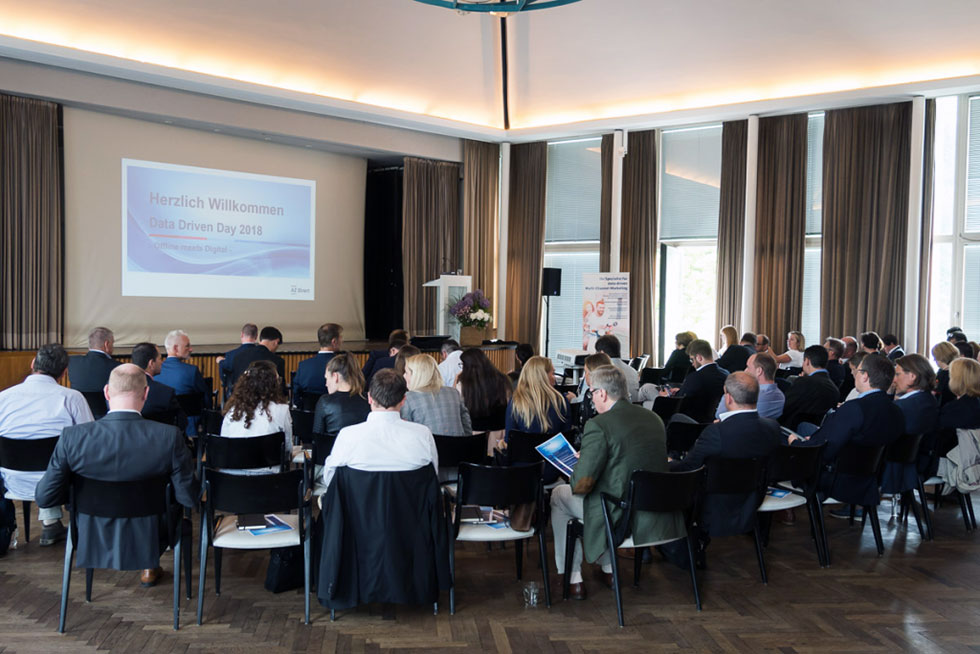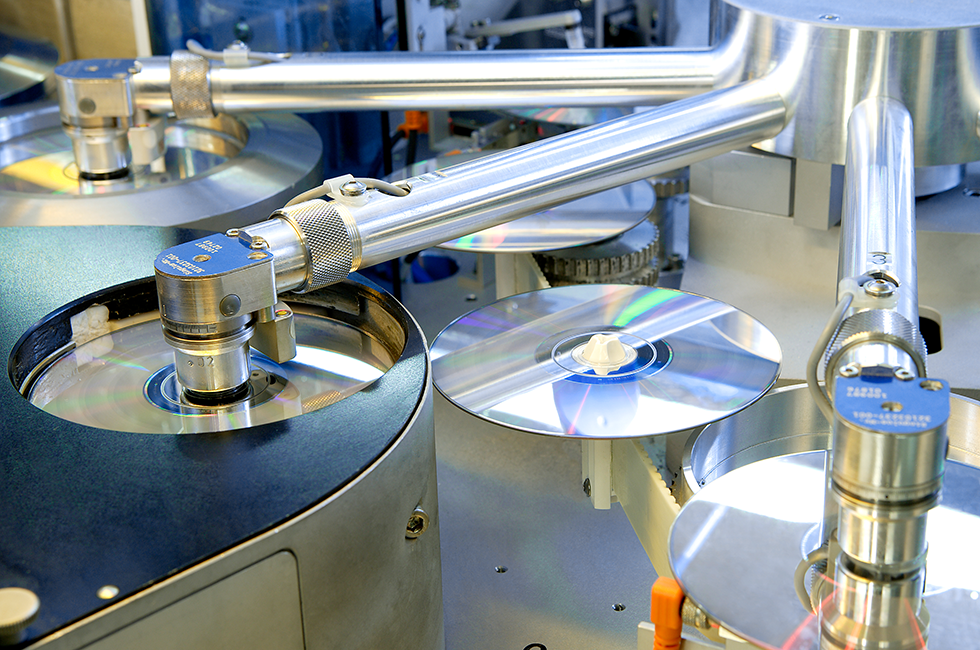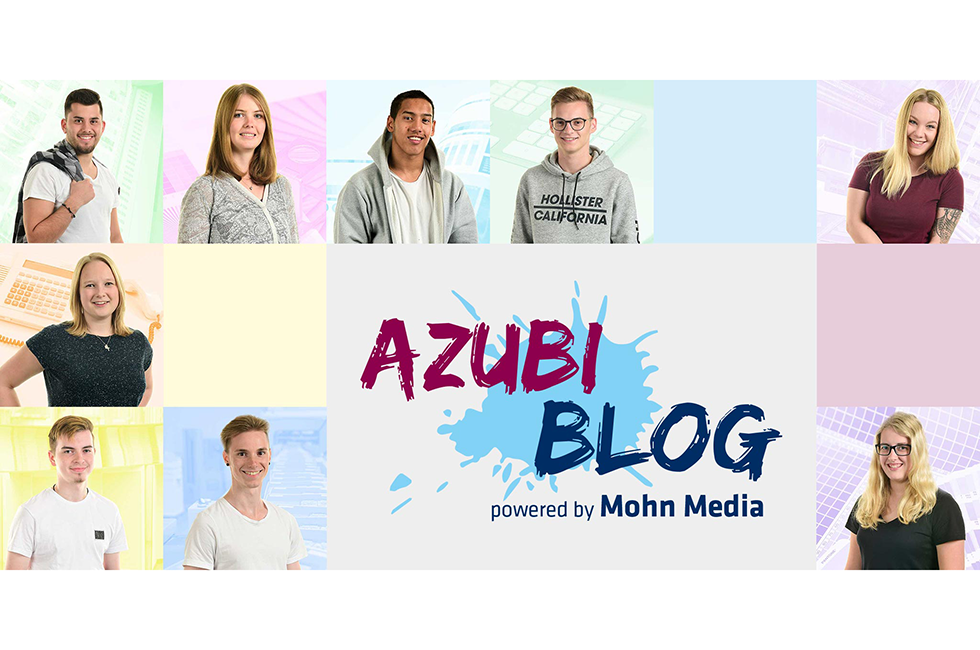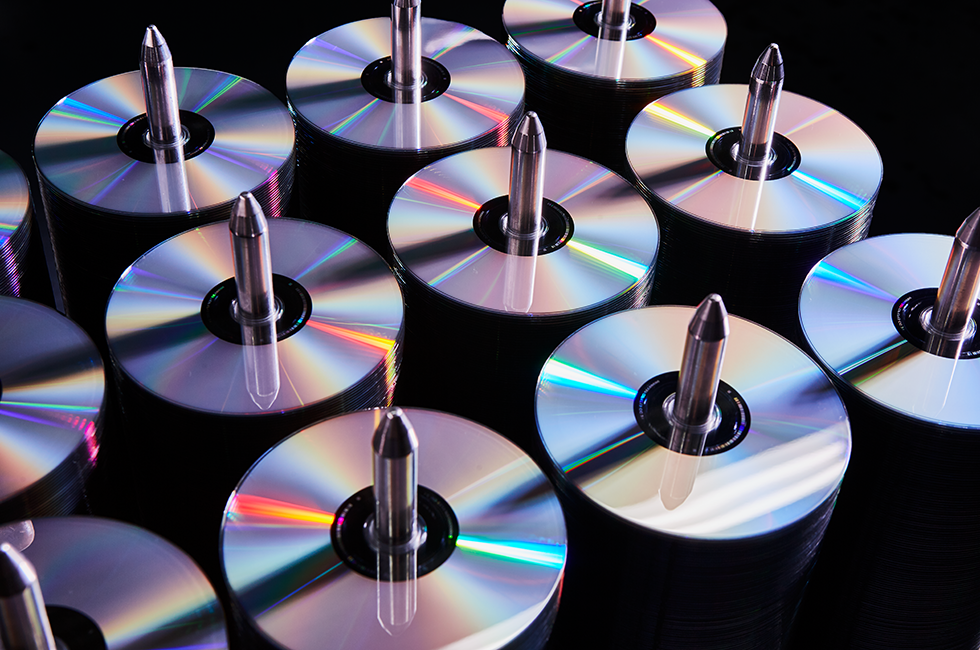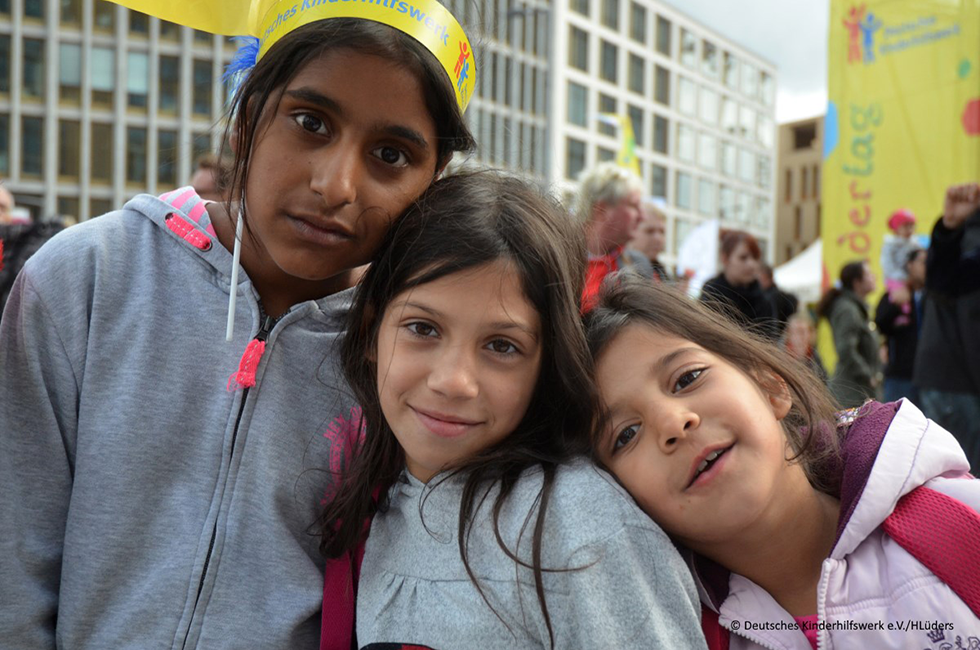TERRITORY AGENCY hat für die Sparda-Bank München eG eine neue Kreativkampagne entwickelt, die den Traum vom Eigenheim in den Mittelpunkt rückt. Denn die Mehrheit der Deutschen träumt von einer eigenen Immobilie – sie haben allerdings direkt verschiedene „Aber“ in den Köpfen. Die Kampagne holt die Zielgruppe genau an diesem Punkt ab und räumt diese vermeintlichen Hürden mit klaren Botschaften und einem Augenzwinkern beiseite.
Leistungsstarkes Marketing und geballte Druckkompetenz
Im Geschäftsbereich Bertelsmann Marketing Services sind die Direktmarketing- und Druckdienstleistungsgeschäfte von Bertelsmann zusammengefasst. Zur Unternehmensgruppe gehören mehr als 20 Einzelunternehmen in Deutschland, Österreich, der Schweiz und den USA, in denen gut 7.000 Mitarbeiterinnen und Mitarbeiter beschäftigt sind. Das Dienstleistungsspektrum reicht von datenbasiertem Multi-Channel-Marketing und Kampagnenmanagement-Services über umfassende Agentur- und Content-Services bis hin zu vollstufigen Druckdienstleistungen. Kunden sind werbetreibende Unternehmen, wie etwa erfolgreiche Versandhändler oder renommierte Handels- und Konsumgüterunternehmen, aber auch namhafte Industrie- und Dienstleistungsunternehmen sowie Buch- und Zeitschriftenverlage. Die Bertelsmann Marketing Services ist eine 100prozentige Tochter von Bertelsmann.
Aktuelles
- Pressemitteilung |„Was ist dein Aber?“ - TERRITORY AGENCY launcht überraschende Baufinanzierungs-kampagne für Sparda-Bank München
- Pressemitteilung |Von Gallien nach Gütersloh – Mohn Media druckt das neue Asterix-Abenteuer
- Pressemitteilung |TERRITORY MEDIA gewinnt den Performance-Etat der Stadtwerke München
- Pressemitteilung |Sonopress präsentiert Inkplosion - Kreative Farbvielfalt für die nachhaltige EcoRecord
- Nachricht |EcoRecords mit integriertem NFC-Chip - Innovation für die Langspielplatte von morgen
- Pressemitteilung |Bertelsmann Marketing Services präsentiert geballte Marketingkompetenz auf der DMEXCO
- Pressemitteilung |Sonopress und Gotta Groove Records geben strategische Partnerschaft in den USA bekannt
- Pressemitteilung |Go West – Sonopress startet Produktion von EcoRecords in den USA
- Pressemitteilung |Hightech für Wahlunterlagen – Campaign investiert in moderne Kuvertiertechnik
- Pressemitteilung |Berlin wird zur Klangbühne: Sonopress lädt zur ersten Listening Session in die Hauptstadt
- Pressemitteilung |TERRITORY bringt für Continental Reifen neue Testsieger-Kampagne auf die Straße
- Veranstaltung |Masterclasses und spannende Insights: Bertelsmann Marketing Services auf der d3con
- Pressemitteilung |Sonopress und Warner Music Group gewinnen Gold beim Clio Award 2025
- Pressemitteilung |Tochterunternehmen von Bertelsmann präsentieren Lösungsportfolio in Berlin E-Commerce-Dienstleitungen von A bis Z
- Pressemitteilung |Neue EcoRecord von Götz Östlind auf den Norddeutschen HiFi-Tagen in Hamburg präsentiert
- Veranstaltung |Bertelsmann Marketing Services präsentiert Lösungsportfolio auf der E-Commerce Expo in Berlin
- Pressemitteilung |Oliver Reinke folgt Sandra Harzer-Kux als Sprecher der Geschäftsführung von Territory
- Sonopress steigert Produktionskapazitäten für EcoRecords
- TERRITORYs KI-Start-up Smart Agency geht live
- Pressemitteilung |Neue Zusammenarbeit: Bertelsmann Marketing Services und DYMATRIX präsentieren neue Lösung im Bereich Marketing Automation
- Pressemitteilung |Sonopress erhält Zertifizierung nach dem Global Recycled Standard (GRS)
- Pressemitteilung |Nachhaltige Produktinnovation: Sonopress präsentiert die EcoCD
- Pressemitteilung |TERRITORY AGENCY und TERRITORY MEDIA begleiten Produktlaunch von ESN und Thomas Müller
- Pressemitteilung |Nachhaltigkeit im Musikgeschäft: EcoRecord setzt neue Maßstäbe für die Langspielplatte
- Pressemitteilung |TERRITORY und Flip entwickeln ein System für ganzheitliche Nachhaltigkeitskommunikation
- Pressemitteilung |Sonopress und SK Chemicals kooperieren auf dem Gebiet von 100% recyceltem PET für die EcoRecord
- Nachricht |Book Printing Group USA startet größtes Investitionspaket ihrer Geschichte
- Pressemitteilung |Sonopress bringt die EcoRecord auf den Markt – eine neuartige Vinylschallplatte mit drastisch reduzierter Umweltbelastung
- Pressemitteilung |Mohn Media spendet an Kinderschutzbund und Hospiz- und Palliativ-Verein Gütersloh
- Pressemitteilung |Erfolgreiche Cradle to Cradle-Produktzertifizierung bei GGP Media
- Pressemitteilung |Mohn Media produziert neues Asterix-Heft in Millionenauflage
- Pressemitteilung |Vom Supplement-Anbieter zum strategischen Medienpartner: die rtv media group feiert 60. Geburtstag
- Pressemitteilung |Molkerei Siebenhäuser setzt auf nachhaltige Verpackungslösungen von Topac
- Pressemitteilung |Sonopress und Topac steigen in die Produktion von Gesichtsmasken ein
- Pressemitteilung |Gesamtauflage der rtv PLUS wächst 2020 auf über 6 Mio. Exemplare
- Pressemitteilung |Neu im Portfolio der rtv media group ab Januar 2020: Die TV-Beilage SZ FERNSEHEN
- Pressemitteilung |rtv media group und MADSACK Mediengruppe verlängern ihre Zusammenarbeit
- Pressemitteilung |Mit Karton gegen Plastik: Topac und Verpackungsspezialist Wenner gründen Vertriebsunion
- Pressemitteilung |Topac kooperiert mit dem italienischen Spezialmaschinenhersteller Mondini
- Nachricht |Mohn Media unterstützt den Hospiz- und Palliativ-Verein in Gütersloh mit 15.000 Euro
- Pressemitteilung |DMEXCO 2018: Bertelsmann Printing Group präsentiert digitales Lösungsportfolio
- Pressemitteilung |Sonopress erweitert Services für US-amerikanische Games-Kunden
- Pressemitteilung |Prinovis und Bernd Rose kooperieren bei zukunftsweisender Tiefdruck-Innovation
- Pressemitteilung |Bert Habets und Axel Hentrei ziehen ins Group Management Committee von Bertelsmann ein
- Pressemitteilung |Binect und Campaign gründen neue Partnerschaft im Bereich Geschäftspost
- Nachricht |Mohn Media, GGP Media und Vogel Druck sichern sich Auftrag des Deutschen Jugendherbergswerks
- Nachricht |Campaign wird Exklusivpartner der Energieforen Leipzig GmbH im Kampagnenmanagement
- Nachricht |Sonopress baut Produktionskapazität bei hochauflösenden Speichermedien aus
- Nachricht |rtv Media Group produziert und vermarktet künftig die „Stern“-Beilage „TV-Magazin“
- Nachricht |Mohn Media mit hervorragenden Ergebnis beim Market Performance Wheel als All-In-One Lösungsanbieter
- Pressemitteilung |Axel Hentrei übernimmt alleinige Führung der Bertelsmann Printing Group
- Nachricht |Fujitsu Technology Solutions vergibt siebenstelliges Discvolumen an Sonopress
Melden Sie sich gern bei uns: Per E-Mail, per Telefon oder persönlich vor Ort.
